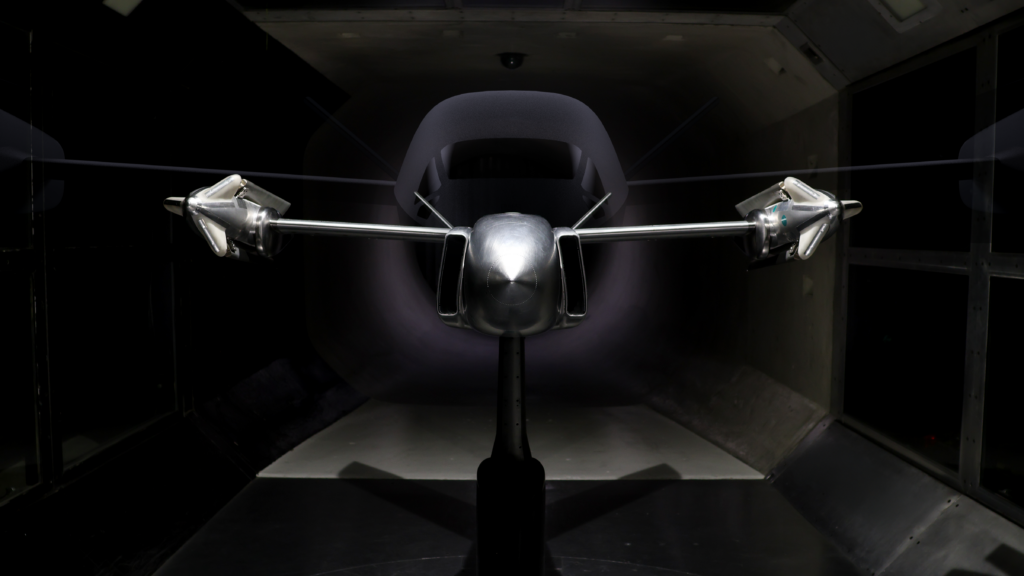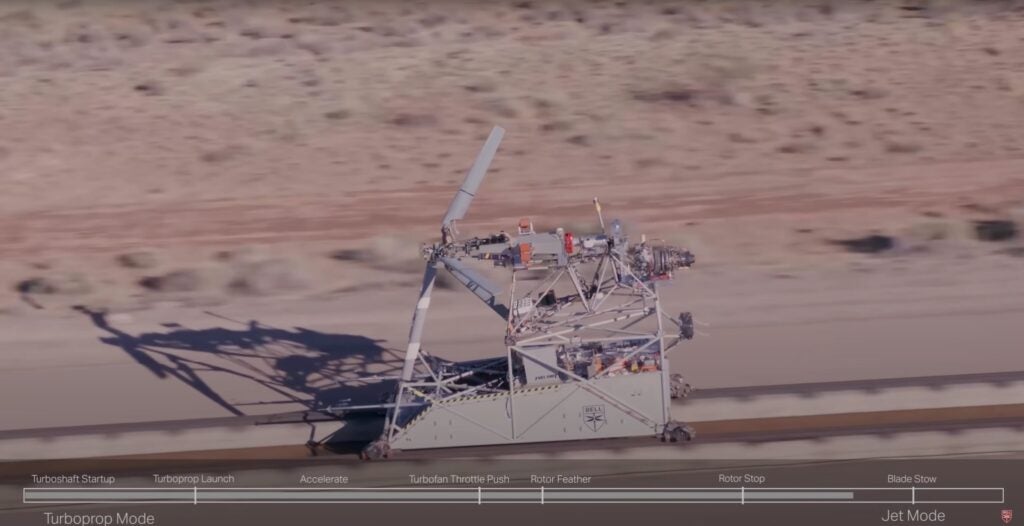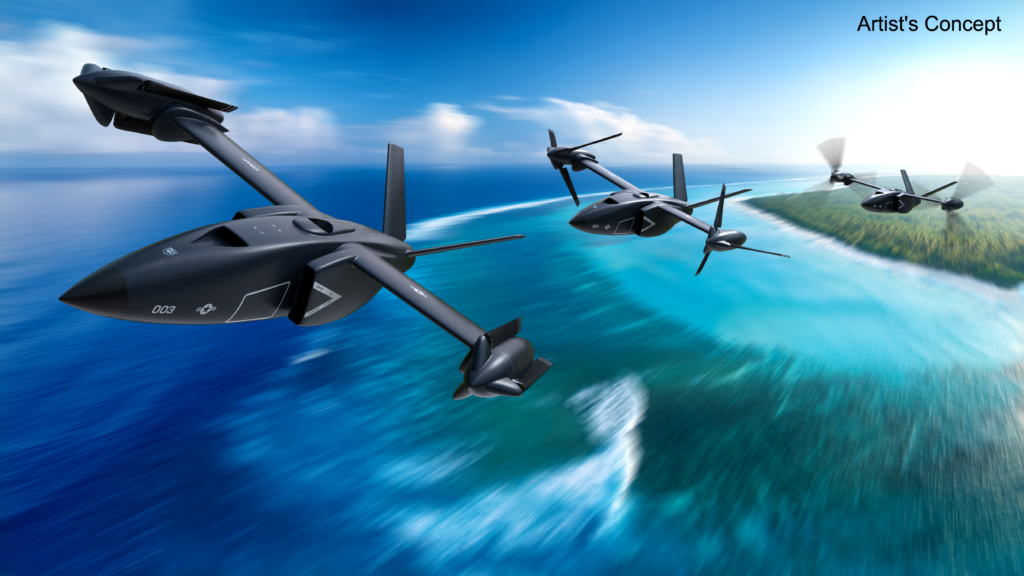SPRINT: Bell to Build X-Plane that Transforms Between Rotor and Jet Power
Bell has won Phase 1 of DARPA’s Speed and Runway Independent Technologies (SPRINT) program which seeks to develop the next-generation of vertical take off and landing aircraft. Phase 1 was limited to preliminary engineering work and now the winner, Bell, will move on to Phase 2 which will involve maturing the design and building a flight worthy X-Plane.

While current tilt-rotor aircraft offer significant advantages over conventional rotorcraft the SPRINT program seeks to take this even further. For example the V-280 prototype, which will begin to replace the US Army’s Blackhawks, was able to reach a speed of 300 knots (556 km/h) while the SPRINT program seeks to push this to 450 knots (833 km/h).
Bell aims to achieve this using an advanced technology dubbed ‘Stop/Fold’ that is the core of its High Speed Vertical Takeoff and Landing (HSVTOL) aircraft. Unlike traditional tiltrotors which use the main rotors for vertical and horizontal flight the HSVTOL uses them only for vertical flight and the transition phase. Once transitioned into horizontal flight mode the HSVTOL folds its rotors and flies exclusively using the thrust from turbofan engines. The reduction in drag allows for the significant increase in speed that SPRINT aims to achieve.
Bell’s primary competitor was Aurora Flight Sciences, a subsidiary of Boeing, who’s experience in vertical flight is limited to small electric VTOLs compared to Bell’s extensive experience with the tilt-rotor V-22 and V-280 programs. Despite their relative inexperience Aurora chose a radical design involving lifting fans similar to those used on the F-35B, which was a risky choice. Lift fans create much more intense airflow than traditional rotors which complicate operation from unprepared surfaces. Given Aurora’s lack of experience and their risky design, the choice of Bell was an obvious one. While still radical Bell’s design has much less risk thanks to its relatively traditional vertical flight mode.

Bell has been a pioneer of vertical take-off and landing technology since the the XV-3 took flight in 1955 which was followed by the X-22 flown in 1966 and the XV-15 in 1977. This heritage continues into the controversial but well-proven V-22 platform and may now continue for many decades to come through the HSVTOL system.

